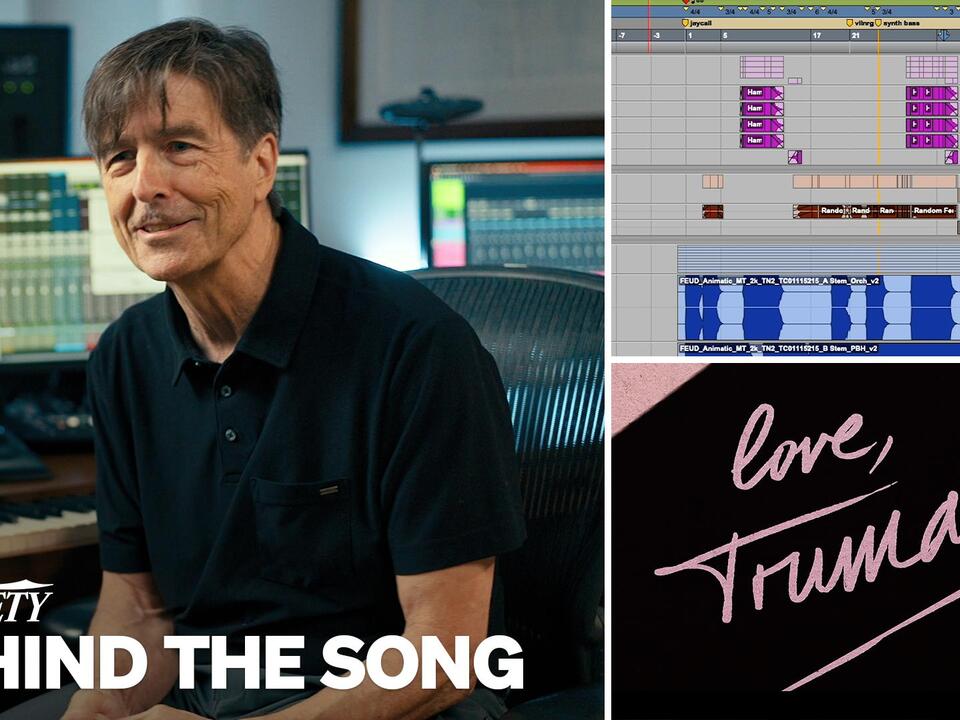Physical Address
304 North Cardinal St.
Dorchester Center, MA 02124
Physical Address
304 North Cardinal St.
Dorchester Center, MA 02124

When composer Thomas Newman was approached by Ryan Murphy Productions to work on “Feud: Capote vs. The Swans,” he was initially told he would handle the main title, while his daughter Julia would write the music for the eight-hour series.
“So I got to watch as she did her thing and she watched as I did mine,” Newman shared about working with his daughter. For the second installment in Murphy’s Feud anthology, Newman wanted to focus on the idea of swans gossiping on the Upper East Side of New York City.
The series, based on Laurence Leamer’s novel “Capote’s Women: A True Story of Love, Betrayal, and a Swan Song for an Era,” follows the real-life story of acclaimed writer Truman Capote and his relationships with the elite women of New York high society, whom he called “the swans.”
This group included notable figures like Barbara “Babe” Paley (played by Naomi Watts), Slim Keith (Diane Lane), C.Z. Guest (Chloë Sevigny), and Lee Radziwill (Calista Flockhart). Capote betrayed these women by writing a thinly veiled fictionalized version of their lives, deeply affecting their relationships.
After an excerpt from Capote’s book “Answered Prayers,” which revealed their intimate secrets, was published in Esquire, his bond with the group crumbled.
The opening sequence of the series is animated, and Newman emphasized that “the intention was always that the music, the image, and the editorial cut and the music tempo would really be aligned.”
Newman drew inspiration from the theme of the series, “Feud.” He noted that it focused on Capote versus the swans, who were once very close friends before his betrayal. “There was alcohol, there were drugs, debauchery all along the way. It was pretty A to Z on that level, and again, with a frenetic cocained pace maybe,” he added.
To reinforce the presence of the swans, Newman used an instrument called the jay call for the opening sound. In another part of the sequence, a bullet is loaded and a gun goes off, marking a significant shift in the music.
“There’s a different idea now,” Newman explained. “And a low tone, so more darkness and spilling champagne.” He also used a processed violin raga to induce a sense of distress. “It’s not something that I’m looking for; it’s something I find with the help of these players. I feel like I’ve got a butterfly net. I’ve got these people in front of me, and they have these great ideas. And how can I grab it?”
For the conclusion of the main title, Newman opted for strong, complex string chords to captivate the audience. Although he initially considered ending on a part of the animation where a man gets punched in the face, he chose a more transitional route, leaving lingering strings to prepare viewers for the show.
“This was designed to say, ‘Fasten your seatbelts or unfasten your seatbelts and get ready for an hour of this,’” Newman remarked.
Source: Variety



